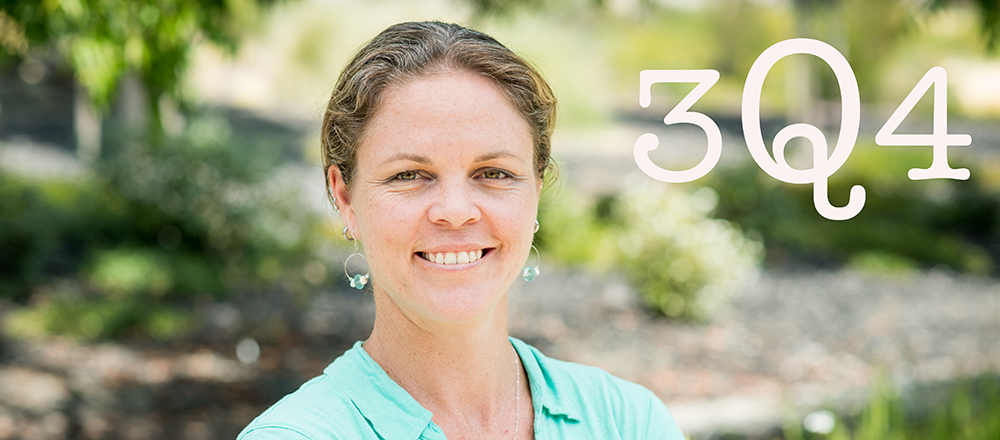
The Integrative Genomics Building — which soon will be the new home of DOE’s Systems Biology Knowledgebase (KBase) and Joint Genome Institute (JGI) — will be dedicated Wednesday in an invitation-only ceremony at the Lab. Move-in is scheduled to begin in September.
KBase was established in 2011 to provide an open computational environment that allows the scientific community to bring data together, enabling new analyses about organisms and biological processes, leading to insights with the potential to transform our environment. The KBase team works with collaborators to combine diverse data sets and analyses to predict biological function in ever more accessible, transparent, and reproducible ways, thereby increasing knowledge transfer to scientists worldwide.
In our Three Questions For (3Q4) series, we asked KBase User Engagement Lead Elisha Wood-Charlson to share her insights on KBase’s accomplishments and its move from Emeryville to Berkeley Lab’s main campus on the Hill.
Elements: What is KBase’s scientific mission, and how does it fit into the Lab’s overall scientific mission?
Elisha Wood-Charlson: KBase’s mission is to be an open-source analysis platform that enables discovery and knowledge creation to build a stronger, more collaborative research community. KBase’s integration of data, tools, and collaborative science provides a unique opportunity for scientists around the globe to engage with data (and each other!), bringing together new perspectives and ideas to explore some of the most challenging questions.
Elements: What aspect of KBase’s legacy are you most proud of?
Wood-Charlson: KBase is a free, open-source platform designed to grow, both in capability and in data richness, alongside the community and their science questions. Berkeley Lab’s Adam Arkin, with Chris Henry (ANL) and Bob Cottingham (ORN) and the rest of the KBase team, have a vision for representing data as controlled biological processes that enable the system to learn, predict, and discover connections that would be beyond the analytical or compute resources available to most researchers.
Elements: What type of challenges will your team be able to tackle at the IGB that you couldn’t before?
Wood-Charlson: Being co-located with JGI and closer to other core Lab facilities like NERSC is a game changer. We have regular meetings with JGI that only occur via Zoom because it is challenging to justify the one hour commute time. This becomes even more critical with new programs like the National Microbiome Data Collaborative, which is led mostly by JGI and KBase staff. I am really looking forward to being able to brainstorm and execute more effectively.
For more information on KBase, visit kbase.us.